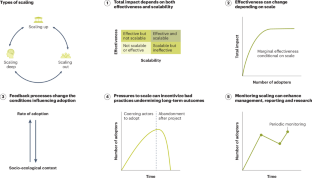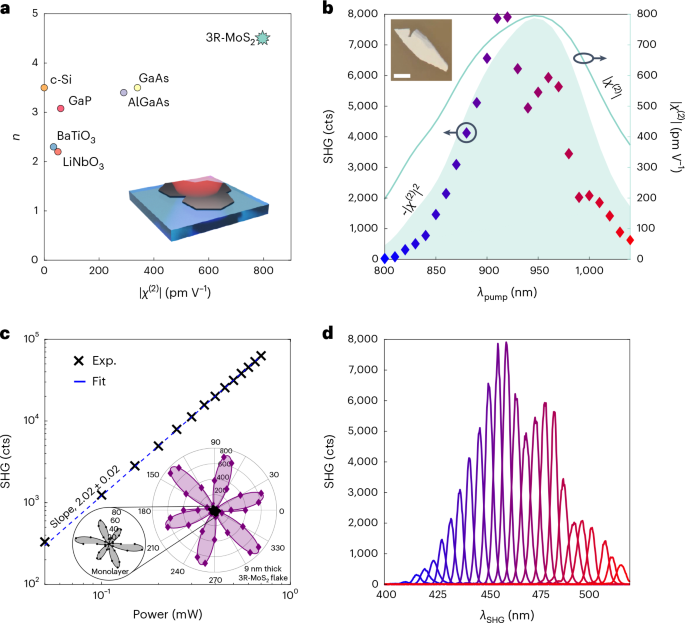2024-09-10 スイス連邦工科大学ローザンヌ校(EPFL)
<関連情報>
- https://actu.epfl.ch/news/ai-helps-distinguish-dark-matter-from-cosmic-noise/
- https://www.nature.com/articles/s41550-024-02322-8
自己相互作用する暗黒物質とAGNのフィードバックモデルを分離する深層学習アルゴリズム A deep-learning algorithm to disentangle self-interacting dark matter and AGN feedback models
D. Harvey
Nature Astronomy Published:06 September 2024
DOI:https://doi.org/10.1038/s41550-024-02322-8

Abstract
The nature of dark matter remains one of the greatest unanswered questions in science. The largest concentrations of dark matter appear to lie in galaxy clusters. By modifying the properties of dark matter, the distribution of mass in clusters is altered in an observable way. However, uncertain astrophysical mechanisms also alter the mass distribution, often mimicking the effect of different dark matter properties. Here I present a machine learning method that ‘learns’, from simulations, how the impact of dark matter self-interactions differs from that of astrophysical feedback. In the idealized case, my algorithm is 80% accurate at identifying whether a galaxy cluster harbours collisionless dark matter, dark matter with a self interaction cross-section, σDM/m = 0.1 cm2 g−1 or dark matter with σDM/m = 1 cm2 g−1. It is found that weak-lensing information primarily differentiates self-interacting dark matter, whereas X-ray information disentangles different models of astrophysical feedback. The data are forward modelled to imitate observations from Euclid and Chandra, and it is found that the model has a statistical error of σDM/m < 0.01 cm2 g−1 and is insensitive to shape-measurement bias and photometric-redshift errors. This method represents a way to analyse data from upcoming telescopes that are an order of magnitude more precise and many orders faster than current methods, enabling us to explore the properties of dark matter like never before.



